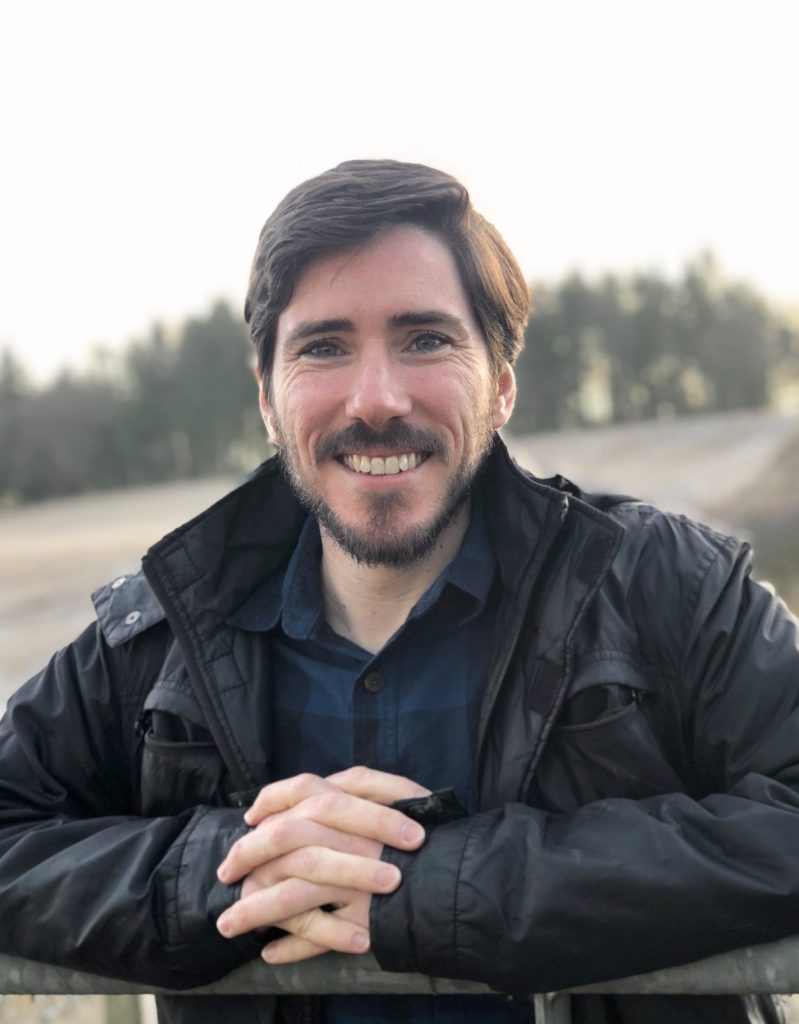“Soil biology is the part of the puzzle we’ve been missing when considering how healthy our soils are and how well they function.”
That was the key message delivered by renowned soil health specialist Joel Williams at the latest round of Quality Meat Scotland (QMS) Better Grazing meetings held last month.
Mr Williams explained: “Traditionally, when assessing soil health, the focus has almost exclusively been on the soil’s chemistry and physical condition. Soil biology has been the neglected part of soil health and we are only just becoming aware of the fundamental role it plays.”
Over 120 livestock farmers attended the interactive workshops that were held around Scotland and heard how they can assess and improve the soil biology and subsequent plant growth on their farms.
Joel Williams, who is originally from Australia, has built his career around educating farmers and growers on the pivotal role that soil biology plays in driving plant growth and was keen to demonstrate how farmers can monitor and boost soil health on their own farms.
He explained that a biologically healthy soil contains a multitude of different organisms — from microorganisms such as bacteria and fungi, through to larger organisms such as nematodes and earthworms. Most are helpful to plants, but they all play a valuable role in enhancing the availability of important nutrients that help maximise plant growth.
He said: “Traditionally, soil testing has generally only focused on the available minerals such as P, K & Mg in the soil being sampled. Soils actually contain a much larger store of minerals, which instead of being readily available to the plant, require microbes and biological processes to convert them into available forms of minerals that can then be taken up by the plant and drive its growth.”
Mr Williams noted: “Our soils are a bank account of minerals, and biology provides the password to accessing them.”
But key to these biological processes are plants themselves. Mr Williams took attendees at each of the five workshops back to basics, highlighting the importance of the sugars produced by photosynthesis.
He explained: “Plants need key minerals for their own growth and development, so they trade some of their sugars with soil bacteria and fungi for those difficult to access, less available minerals. Different species of soil bacteria and fungi will trade different minerals. All this happens down at the roots of the plants.
Giving the example of an important fungal species for accessing phosphate in soils, Mr Williams explained the Mycorrhizal fungi colonise roots of plants and form a biological link between the root and the soil.
He said: “The fungus grows into the root and out into the soil and then scavenges water and nutrients from the soil, sending them back to the plant. These fungi are like a second root system, potentially increasing the roots capabilities by up to 1,000%. This association gives the plant much greater access to both water and nutrients.”
The group then heard about the value of having a diversity of pasture species to accessing soil minerals.
Mr Williams said: “A single species pasture will only have plants with a similar rooting depth and similar mineral needs. This will result in them all accessing a limited volume of soil from which to draw minerals from.
“By planting a greater diversity of pasture species, there will be a variety of root depths trading sugars and minerals with different soil microbes, so plants will have access a considerably greater amount of soil minerals helping to boost growth.”
Multi species swards have also been shown to improve livestock performance compared to single species swards. At the meetings, Mr Williams pointed to a range of research that has been undertaken in recent years on the topic of multi species swards. He highlighted some trial work undertaken at University College Dublin’s Lyons Estate in 2016 that showed that lambs grazing multi species swards of perennial ryegrasses, legumes and herbs had significantly higher growth rates and were able to reach target slaughter weights up to 25 days earlier than lambs grazing ryegrass only grass mixtures.
The farmers who attended the workshops left enthused and energised about how they can introduce some simple changes on their one farms to improve their soil and plant health.
Jock Gibson, a cattle farmer from Moray attended the Inverness meeting and commented: “My brain is in complete meltdown but at the same time the opportunity to not only fix some problems but also dramatically improve what we are doing is awesome.”
Emily Grant, Knowledge Transfer Specialist at QMS said that farmers in Scotland were becoming more aware of the role that soil health has on the profitability of livestock systems.
She said: “We have seen a growing interest in this subject over the last few years. The attendance at this latest round of meetings shows that there is a real, genuine movement to reassess our farming systems, and we were delighted to have Joel Williams here in Scotland to help drive that change.”
The next series of Better Grazing meetings will be focus on managing minerals for livestock at pasture and will be held at venues around Scotland between 5-12 February. For further information and to book your place visit www.qmscotland.co.uk/events or call QMS on 0131 510 7920.






